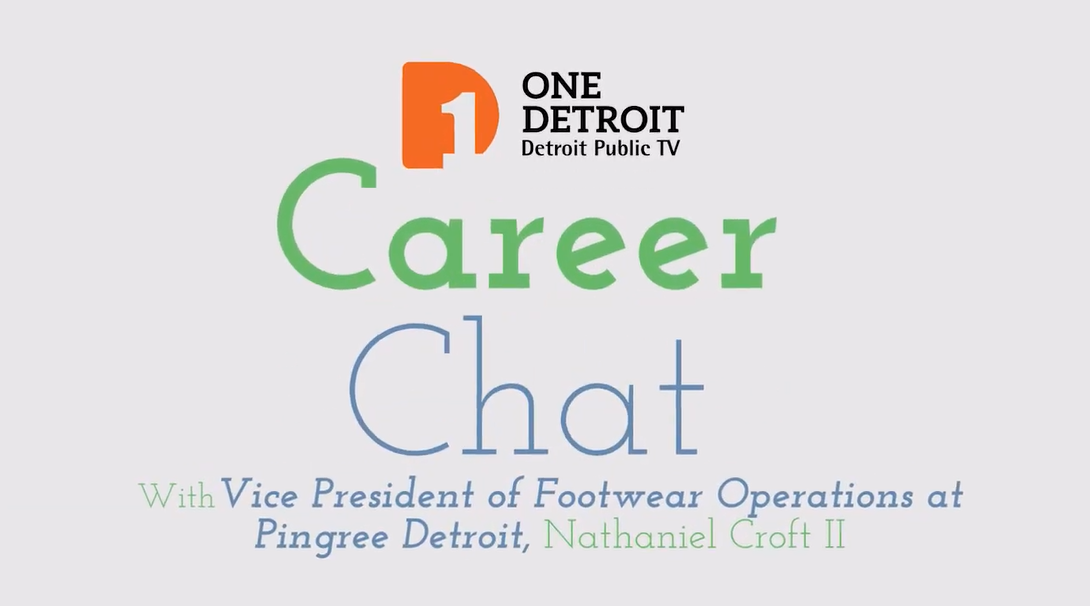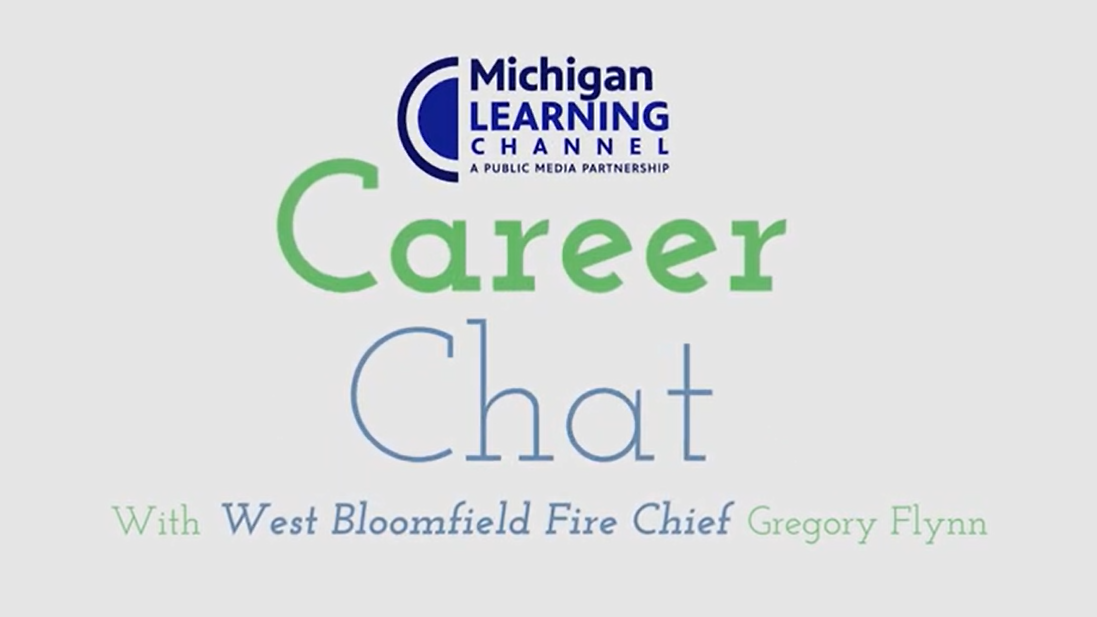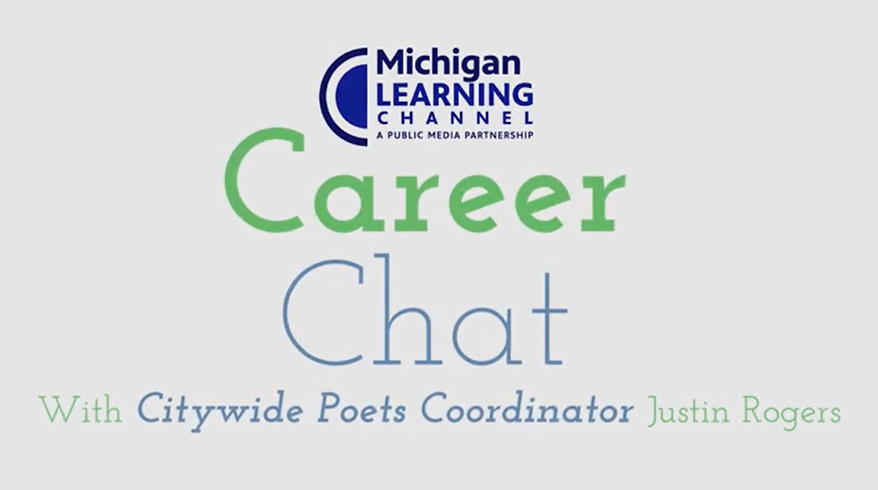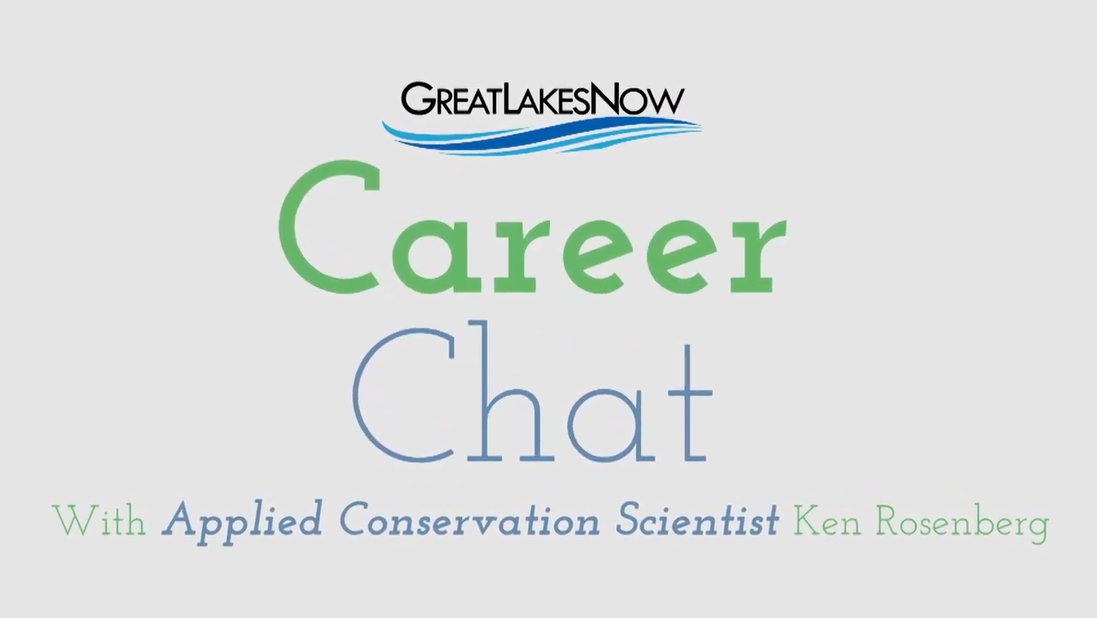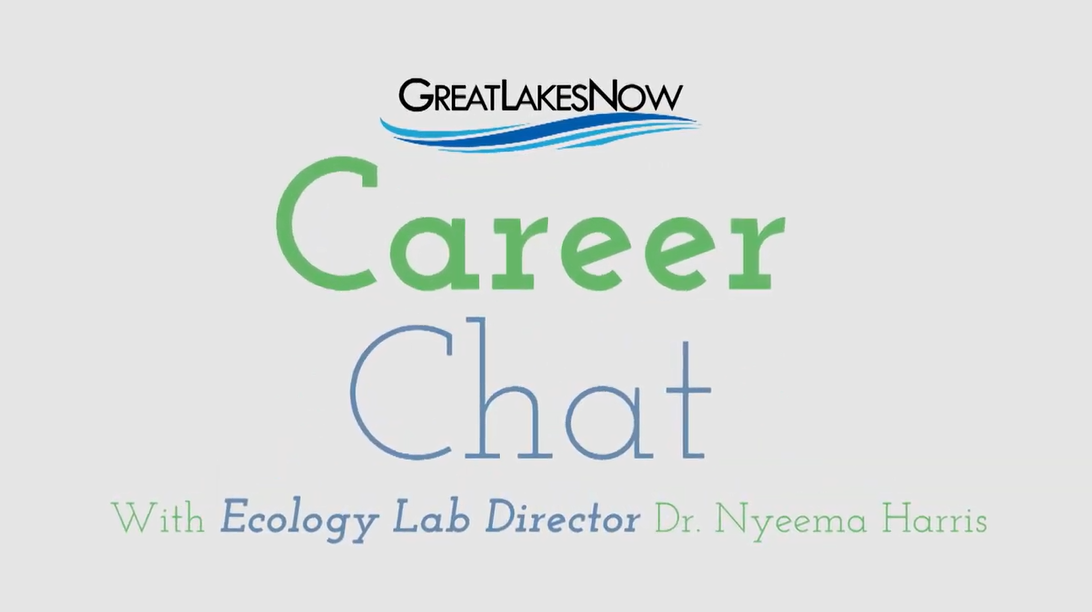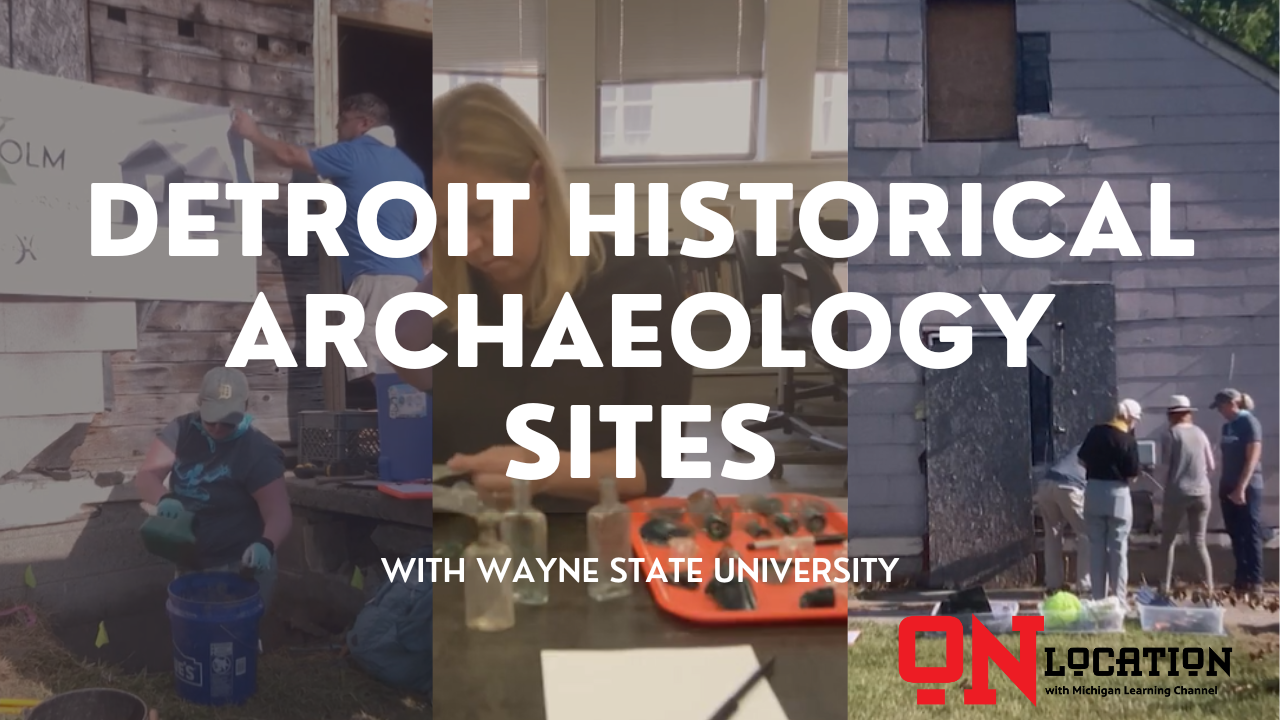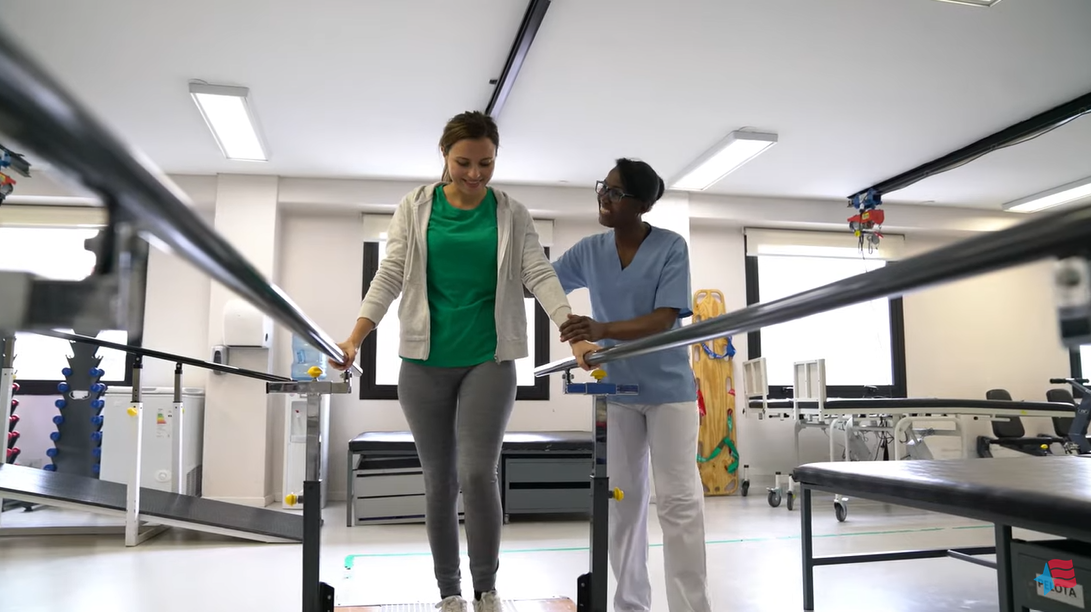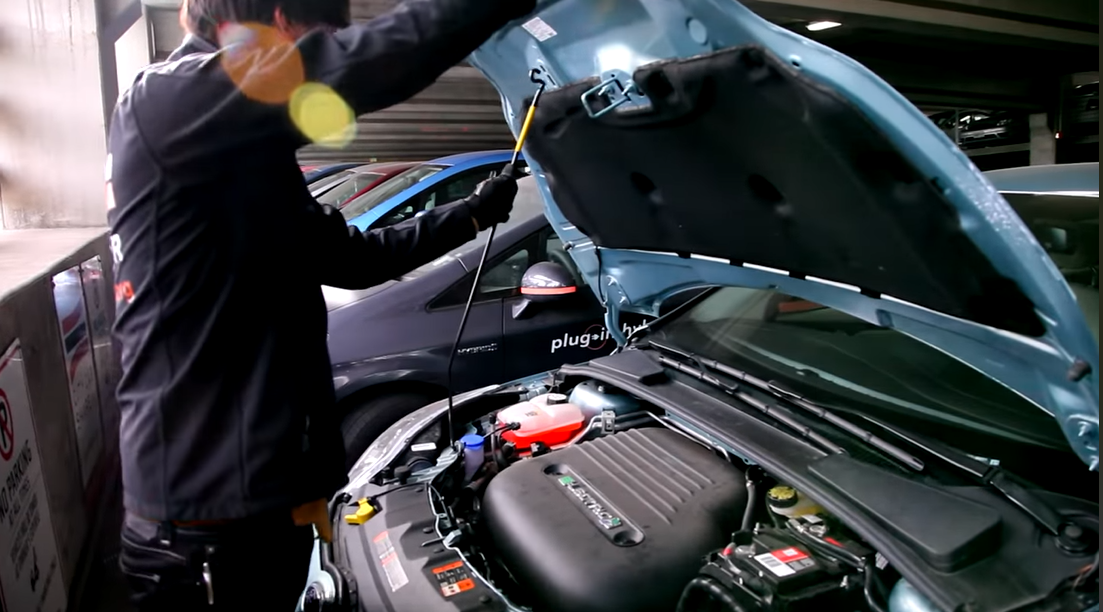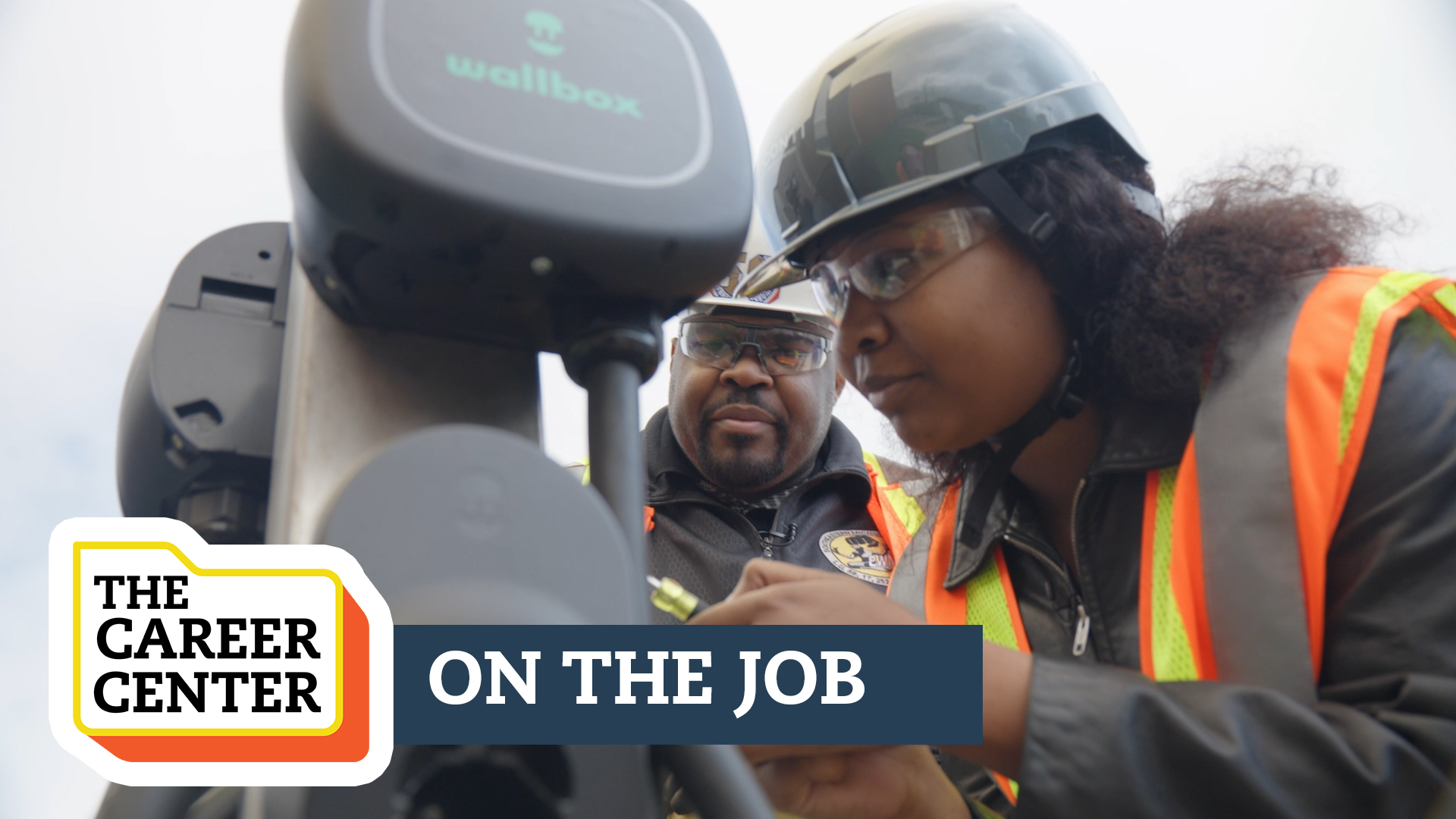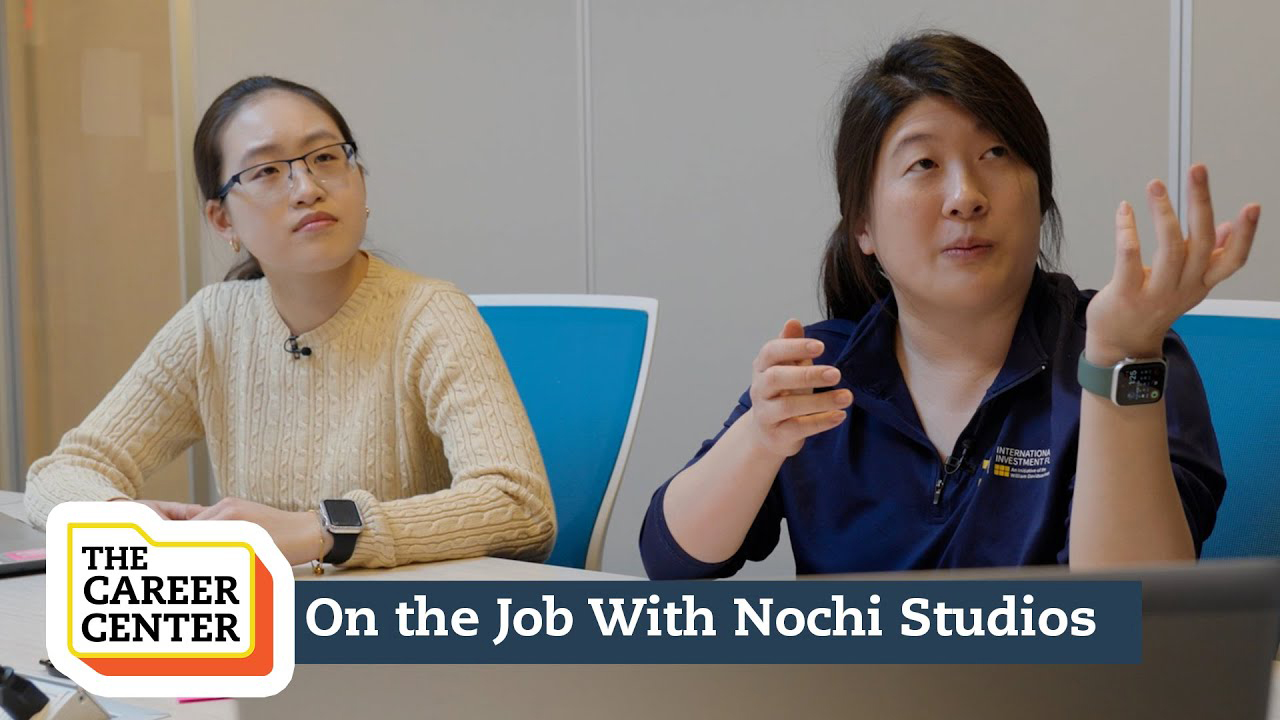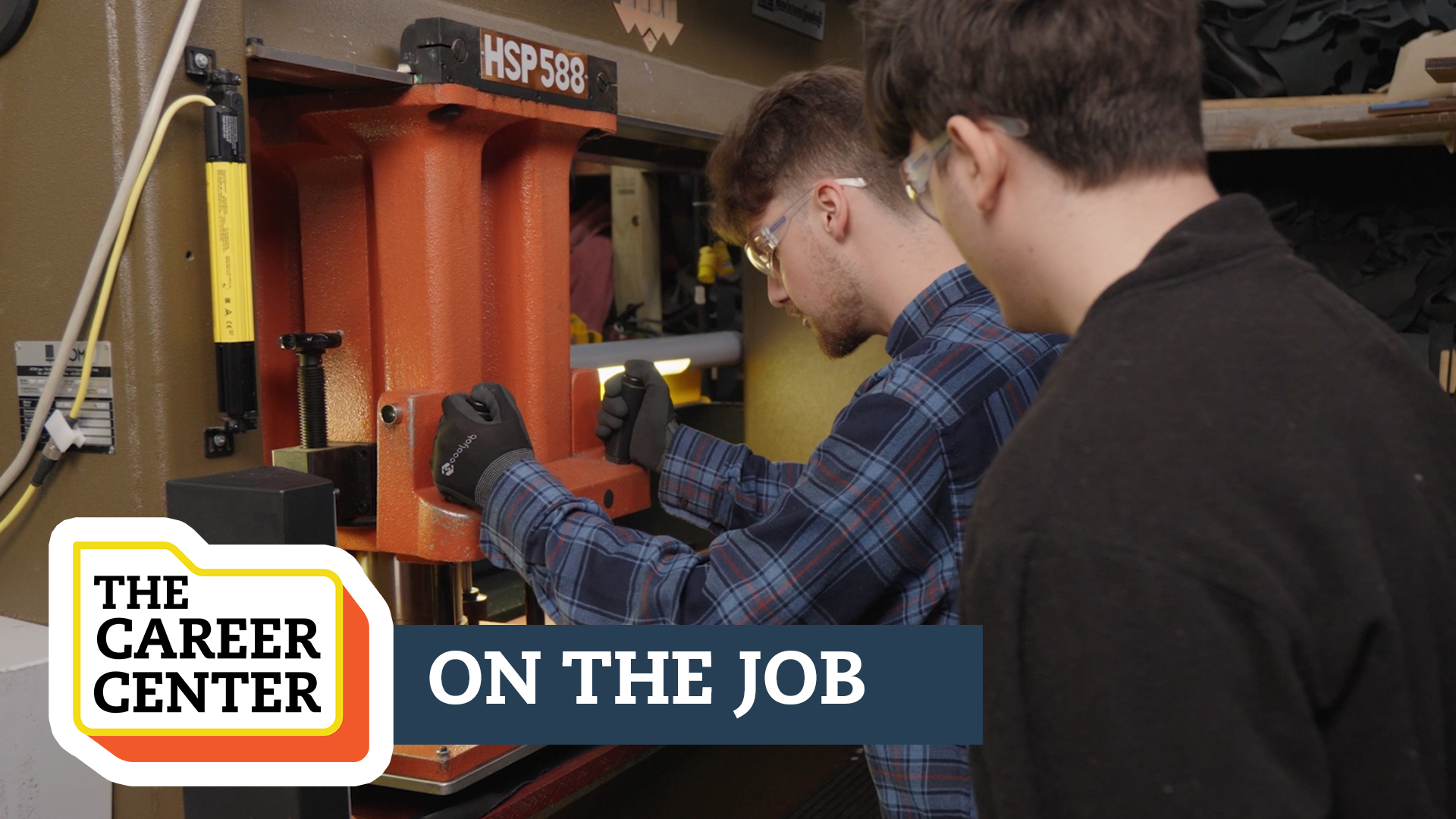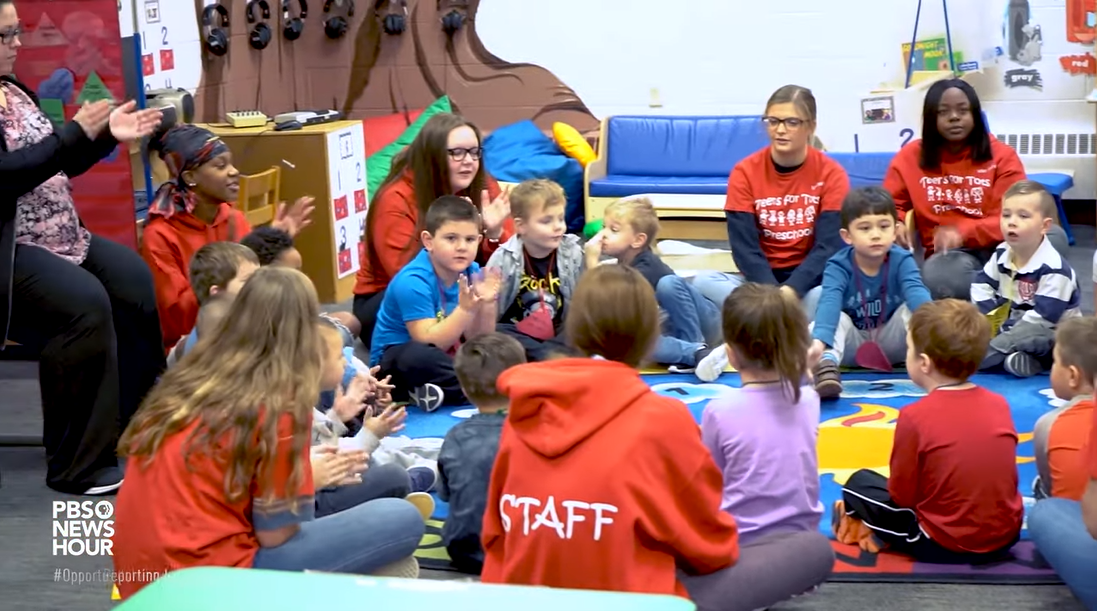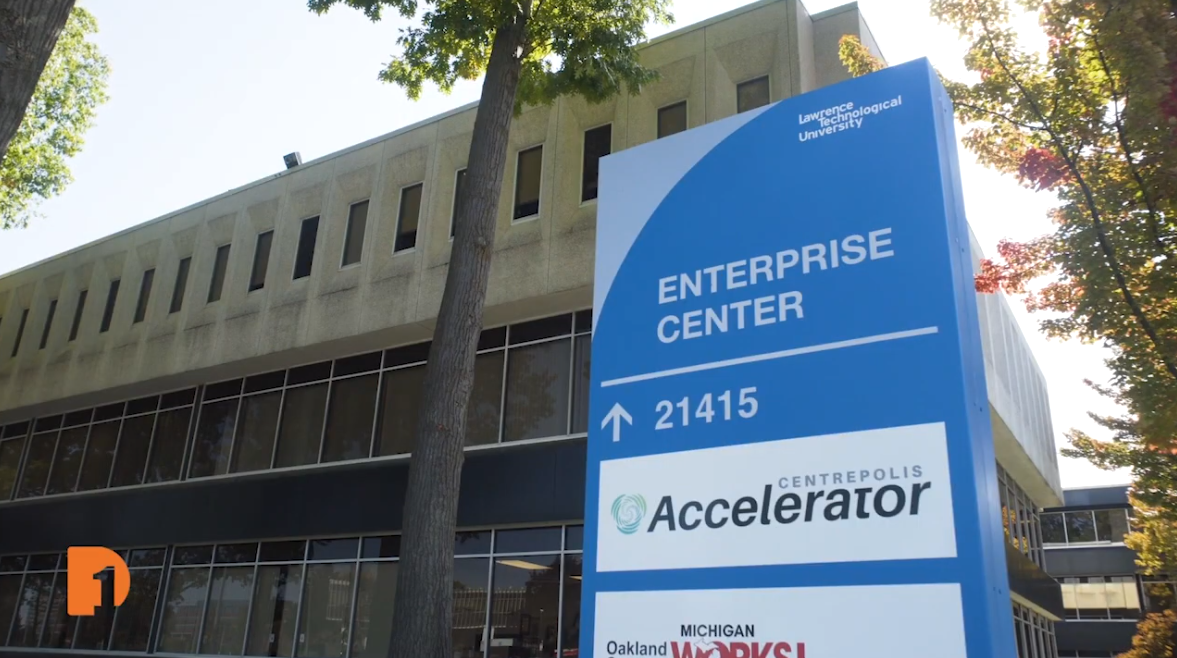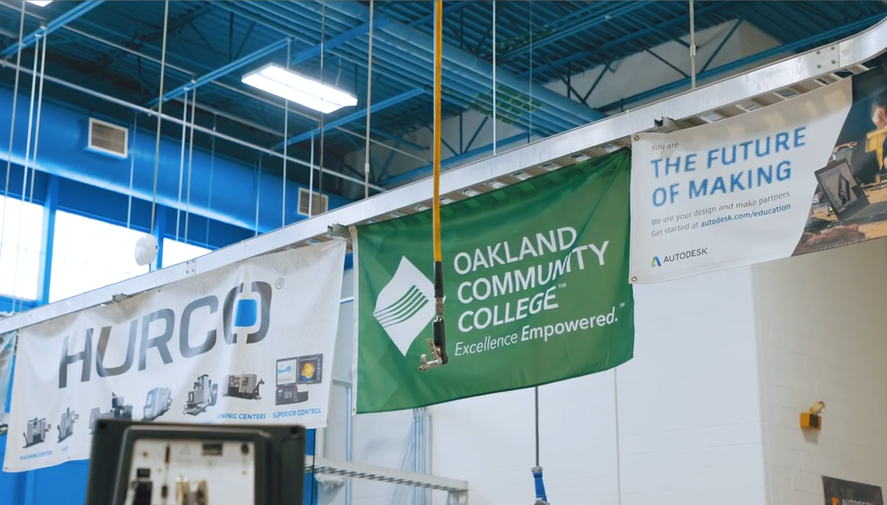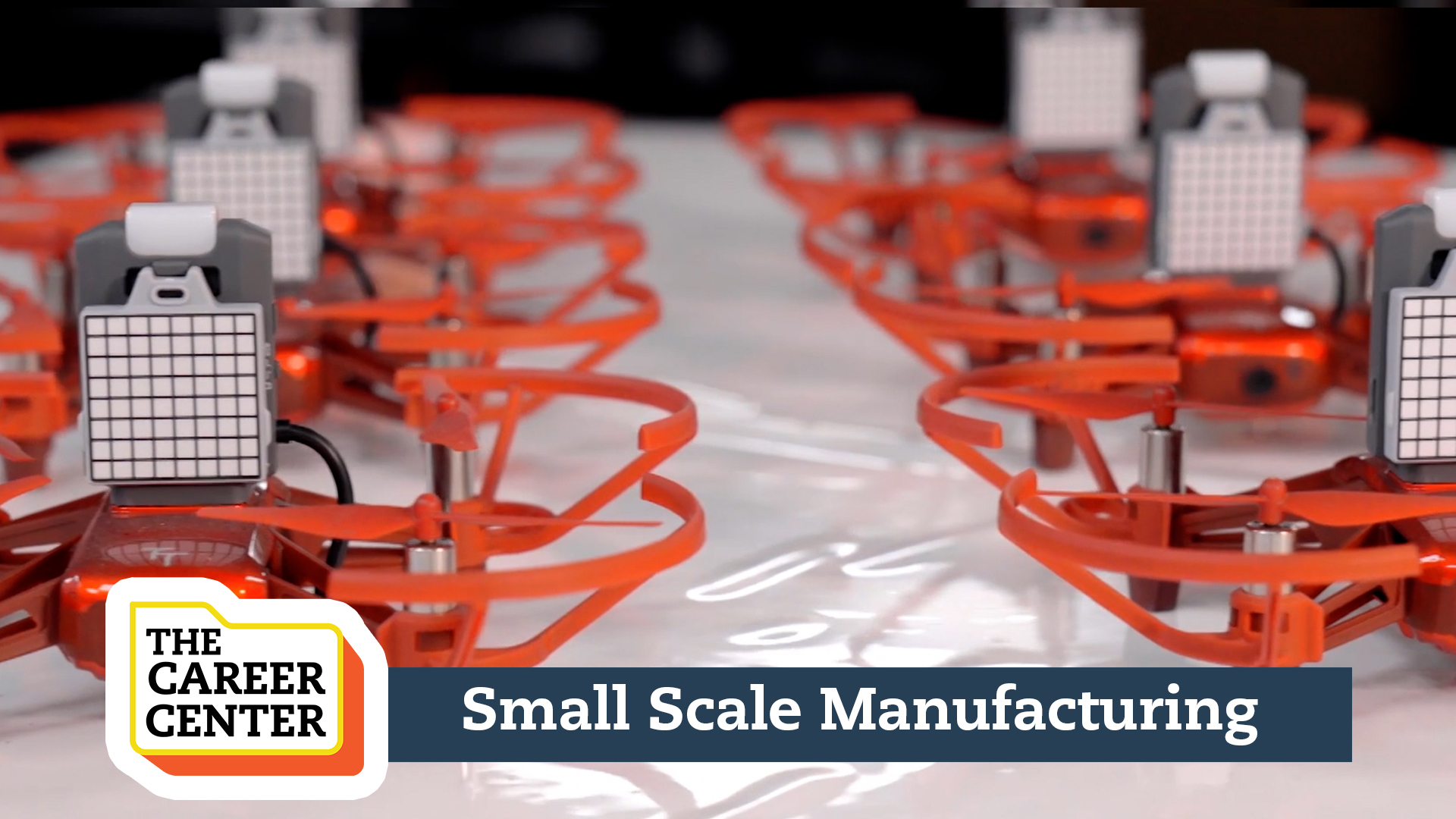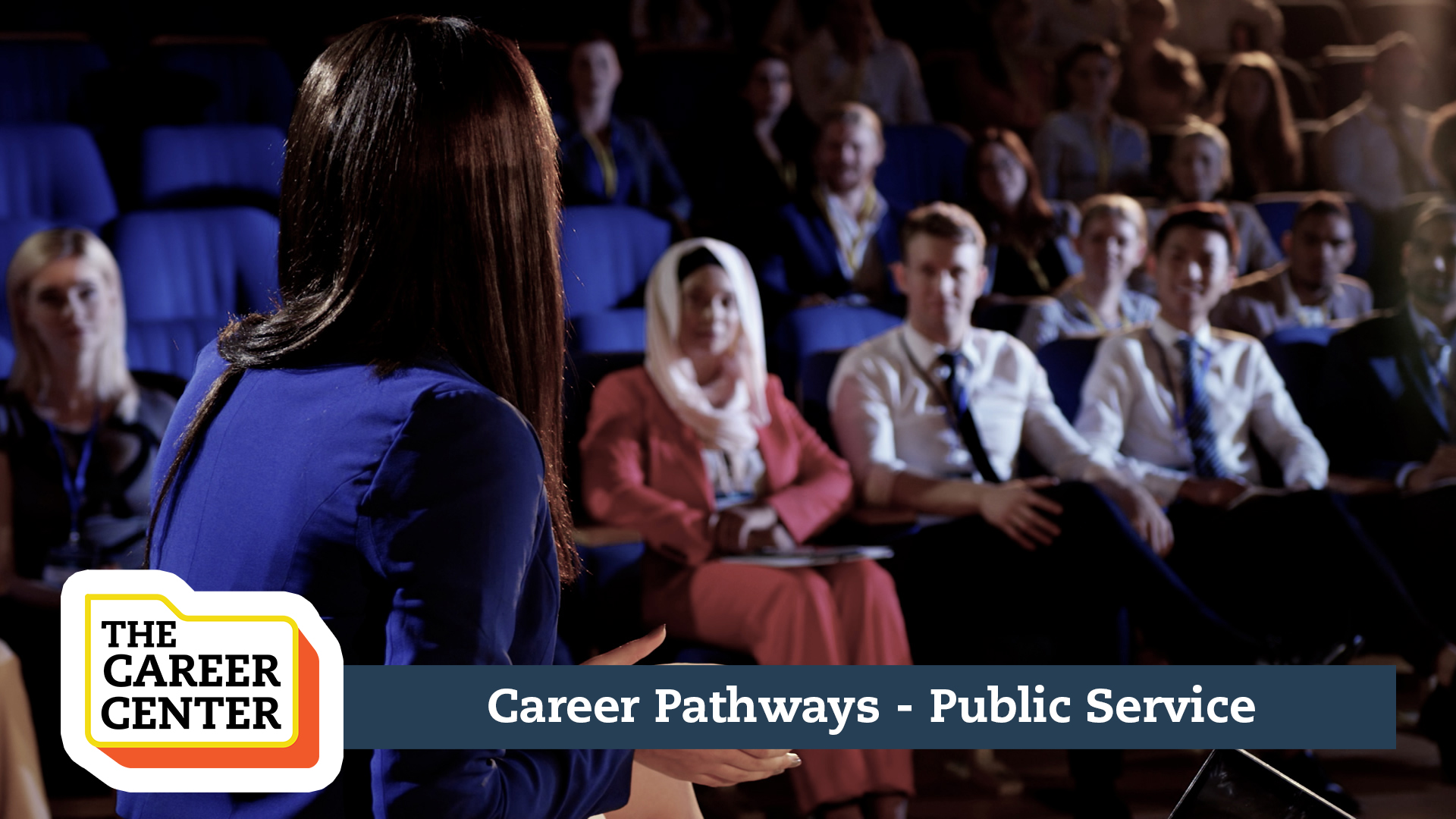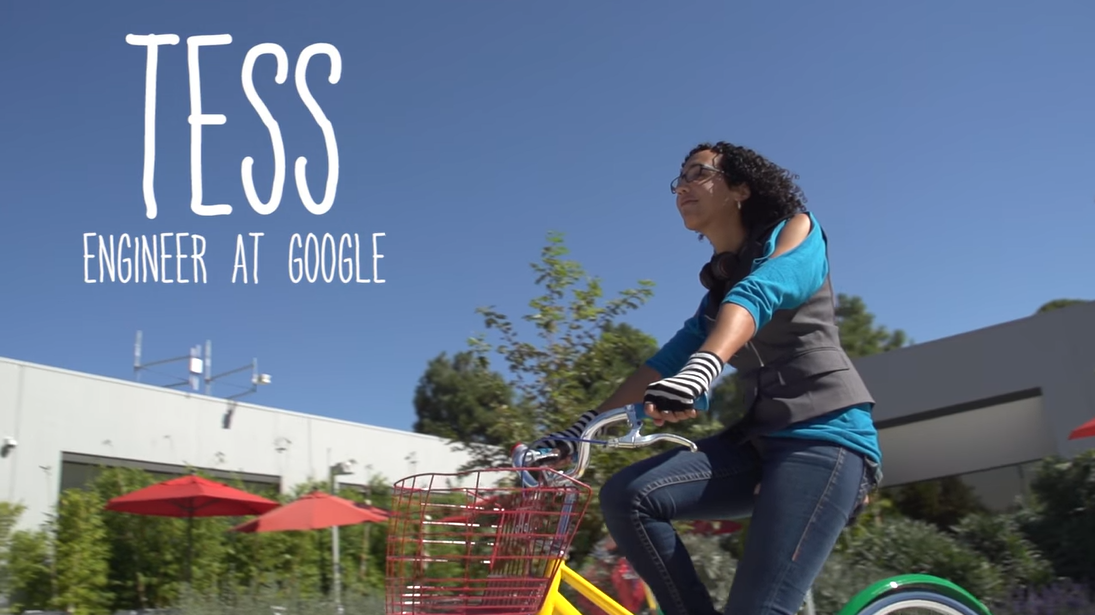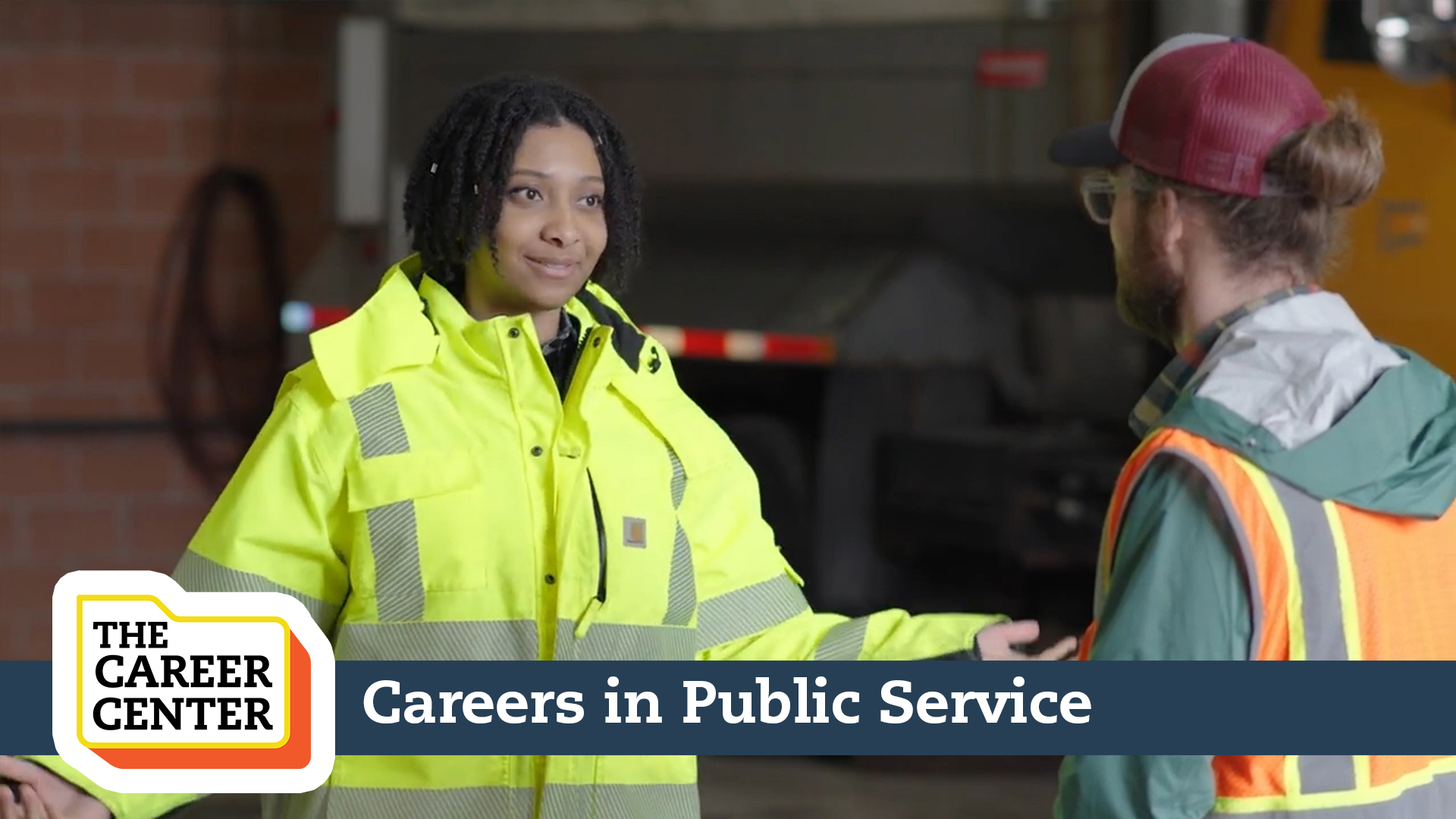Subjects
Grades
Shows
Standards
Lesson 112
Time to design your future! In this episode, we explore the creative world of design careers. See how others turned their creativity into fulfilling careers, hear insights and tips from successful designers, and learn about the skills and education you need to break into this exciting field!
Lesson 113
In this episode, learn the skills and education you need to succeed in these emerging industries, and learn about a resource that helps you identify high-demand and high wage careers. Don’t miss the chance to discover some career opportunities of the future.
Victoria Wittig is an environmental program specialist.
Mark Erndt is Vice President of premium assembly solutions provider, HA Industries.
Na’Zir McFadden is the newly appointed Assistant Conductor of the Detroit Symphony Orchestra.
Jarret Schlaff is CEO and Co-Founder of a worker owned design and manufacturer cooperative called Pingree Detroit.
John Sloan III is Founding CEO of GhostLight Creative Productions.
Catherine Kelly is Executive Director of a nonprofit community news, information and engagement media service called BridgeDetroit.
Vice President of Footwear Operations at Pingree Detroit, Nathaniel Croft II creates handmade footwear using recycled leather from Detroit’s auto industry.
In this episode of Career Chat, we speak to Radio Host Dave Wagner.
In this episode of Career Chat, we speak to Radio Host Cecilia Sharpe.
Justin Rogers, Youth Program Coordinator of InsideOut Literary Arts.
Jeh Johnson is a lawyer and public servant who served as the United States Secretary of Homeland Security from 2013 to 2017 under President Barack Obama.
In this episode of Career Chat, we speak to West Bloomfield Fire Chief Gregory Flynn.
In this episode of Career Chat, we speak with Producer and Founder of The Secret Society of Twisted Storytellers, Satori Shakoor.
In this episode of Career Chat we speak to Citywide Poets Coordinator Justin Rogers.
Elle Simone Scott is an executive editor, food stylist, and chef for America's Test Kitchen.
Lesson 1
Mark Vassallo is an Amphibian Researcher at the Detroit Zoo.
Lesson 2
Ken Rosenberg is an applied conservation scientist who loves working with birds and shares his passion with others.
Lesson 3
Amanda Murray is an aquarist at Belle Isle Aquarium.
Lesson 4
Paul Shuert is an aquarium curator at The Belle Isle Aquarium.
Lesson 6
John O’Shea is an archeologist of shipwrecks.
Lesson 7
Austin Happel is a research biologist who studies the life of species .
Lesson 8
Dr. Karen Murchie is the Director of Freshwater Research.
Lesson 9
Dr. Nyeema Harris is an ecology lab director that travels the world to study animals.
Lesson 10
Eleanor Kirtley is an environmental program manager that helps the enhancement of environmental performance.
Lesson 11
Jason Fischer is a Fish Biologist who helps conserve species that he’s extremely passionate about.
Lesson 12
Bob Delaney is a geologist who travels and continues to pursue his interest in science.
Lesson 13
Dr. Loren Babcock is a geologist and professor.
Lesson 14
Amy Greene is a Nature Center Director, her job allows her to help the community connect with nature.
Lesson 15
Dr.Eva Feldman is an Neurologist that studies the human brain to treat patients.
Lesson 16
Carrie Eaton is a Paleontologist and Museum Curator.
Learn about the 7 Grandfather Teachings by taking a visit to the Ziibiwing Center in Mount Pleasant, Michigan.
Healthcare relates to planning, managing, and providing therapeutic and wellness services, diagnostic services, health informatics, support services, and biotechnology research and development.
Assess, plan, organize, and participate in rehabilitative programs that improve mobility, relieve pain, increase strength, and improve or correct disabling conditions resulting from disease or injury.
Curious about coding? Meet Kinsley, a software engineer at Facebook.
Lesson 12
Courtney Johnson is the early education intervention specialist coordinator working in the capacity of liaison between the educational specialist and working with the teaching staff.
Lesson 11
Paige goes On the Job learn about electric vehicles and what a career as an electrician installing and servicing EV Charging Stations in like.
Lesson 10
Sam goes On the Job at Nochi Studios, a video game design company founded by three entrepreneurial women, to learn what it takes to start and run your own company.
Lesson 9
Courtney Johnson is the early education intervention specialist coordinator working in the capacity of liaison between the educational specialist and working with the teaching staff.
Lesson 8
Courtney Johnson is the early education intervention specialist coordinator working in the capacity of liaison between the educational specialist and working with the teaching staff.
Lesson 8
Teens for Tots in L’Anse Creuse, Michigan teaches high school students about early childhood education while providing a valuable daycare service to the community.
Lesson 7
Courtney Johnson is the early education intervention specialist coordinator working in the capacity of liaison between the educational specialist and working with the teaching staff.
Lesson 5
Courtney Johnson is the early education intervention specialist coordinator working in the capacity of liaison between the educational specialist and working with the teaching staff.
Lesson 4
Courtney Johnson is the early education intervention specialist coordinator working in the capacity of liaison between the educational specialist and working with the teaching staff.
Lesson 3
Peter Vasher, Director of Career Services at the University of Michigan Ford School, talks about the pathways, experience, and education needed to make it in a career in public service and policy.
Lesson 2
Courtney Johnson is the early education intervention specialist coordinator working in the capacity of liaison between the educational specialist and working with the teaching staff.
Meet Tess, a software engineer at Google.
Lesson 107
Go on the job in a local community to see what working in public service is all about. Then, visit the the University of Michigan to learn about the career pathway and outlook for students looking to work in public service.
Lesson 106
Go on-the-job with a nurse and learn about a career training program for aspiring dental hygienists. Plus, a primer on a skill every healthcare professional must master.
Subjects
Grades
Shows
Lesson 112
Time to design your future! In this episode, we explore the creative world of design careers. See how others turned their creativity into fulfilling careers, hear insights and tips from successful designers, and learn about the skills and education you need to break into this exciting field!
Lesson 113
In this episode, learn the skills and education you need to succeed in these emerging industries, and learn about a resource that helps you identify high-demand and high wage careers. Don’t miss the chance to discover some career opportunities of the future.
Victoria Wittig is an environmental program specialist.
Mark Erndt is Vice President of premium assembly solutions provider, HA Industries.
Na’Zir McFadden is the newly appointed Assistant Conductor of the Detroit Symphony Orchestra.
Jarret Schlaff is CEO and Co-Founder of a worker owned design and manufacturer cooperative called Pingree Detroit.
John Sloan III is Founding CEO of GhostLight Creative Productions.
Catherine Kelly is Executive Director of a nonprofit community news, information and engagement media service called BridgeDetroit.
Vice President of Footwear Operations at Pingree Detroit, Nathaniel Croft II creates handmade footwear using recycled leather from Detroit’s auto industry.
In this episode of Career Chat, we speak to Radio Host Dave Wagner.
In this episode of Career Chat, we speak to Radio Host Cecilia Sharpe.
Justin Rogers, Youth Program Coordinator of InsideOut Literary Arts.
Jeh Johnson is a lawyer and public servant who served as the United States Secretary of Homeland Security from 2013 to 2017 under President Barack Obama.
In this episode of Career Chat, we speak to West Bloomfield Fire Chief Gregory Flynn.
In this episode of Career Chat, we speak with Producer and Founder of The Secret Society of Twisted Storytellers, Satori Shakoor.
In this episode of Career Chat we speak to Citywide Poets Coordinator Justin Rogers.
Elle Simone Scott is an executive editor, food stylist, and chef for America's Test Kitchen.
Lesson 1
Mark Vassallo is an Amphibian Researcher at the Detroit Zoo.
Lesson 2
Ken Rosenberg is an applied conservation scientist who loves working with birds and shares his passion with others.
Lesson 3
Amanda Murray is an aquarist at Belle Isle Aquarium.
Lesson 4
Paul Shuert is an aquarium curator at The Belle Isle Aquarium.
Lesson 6
John O’Shea is an archeologist of shipwrecks.
Lesson 7
Austin Happel is a research biologist who studies the life of species .
Lesson 8
Dr. Karen Murchie is the Director of Freshwater Research.
Lesson 9
Dr. Nyeema Harris is an ecology lab director that travels the world to study animals.
Lesson 10
Eleanor Kirtley is an environmental program manager that helps the enhancement of environmental performance.
Lesson 11
Jason Fischer is a Fish Biologist who helps conserve species that he’s extremely passionate about.
Lesson 12
Bob Delaney is a geologist who travels and continues to pursue his interest in science.
Lesson 13
Dr. Loren Babcock is a geologist and professor.
Lesson 14
Amy Greene is a Nature Center Director, her job allows her to help the community connect with nature.
Lesson 15
Dr.Eva Feldman is an Neurologist that studies the human brain to treat patients.
Lesson 16
Carrie Eaton is a Paleontologist and Museum Curator.
Learn about the 7 Grandfather Teachings by taking a visit to the Ziibiwing Center in Mount Pleasant, Michigan.
Healthcare relates to planning, managing, and providing therapeutic and wellness services, diagnostic services, health informatics, support services, and biotechnology research and development.
Assess, plan, organize, and participate in rehabilitative programs that improve mobility, relieve pain, increase strength, and improve or correct disabling conditions resulting from disease or injury.
Curious about coding? Meet Kinsley, a software engineer at Facebook.
Lesson 12
Courtney Johnson is the early education intervention specialist coordinator working in the capacity of liaison between the educational specialist and working with the teaching staff.
Lesson 11
Paige goes On the Job learn about electric vehicles and what a career as an electrician installing and servicing EV Charging Stations in like.
Lesson 10
Sam goes On the Job at Nochi Studios, a video game design company founded by three entrepreneurial women, to learn what it takes to start and run your own company.
Lesson 9
Courtney Johnson is the early education intervention specialist coordinator working in the capacity of liaison between the educational specialist and working with the teaching staff.
Lesson 8
Courtney Johnson is the early education intervention specialist coordinator working in the capacity of liaison between the educational specialist and working with the teaching staff.
Lesson 8
Teens for Tots in L’Anse Creuse, Michigan teaches high school students about early childhood education while providing a valuable daycare service to the community.
Lesson 7
Courtney Johnson is the early education intervention specialist coordinator working in the capacity of liaison between the educational specialist and working with the teaching staff.
Lesson 5
Courtney Johnson is the early education intervention specialist coordinator working in the capacity of liaison between the educational specialist and working with the teaching staff.
Lesson 4
Courtney Johnson is the early education intervention specialist coordinator working in the capacity of liaison between the educational specialist and working with the teaching staff.
Lesson 3
Peter Vasher, Director of Career Services at the University of Michigan Ford School, talks about the pathways, experience, and education needed to make it in a career in public service and policy.
Lesson 2
Courtney Johnson is the early education intervention specialist coordinator working in the capacity of liaison between the educational specialist and working with the teaching staff.
Meet Tess, a software engineer at Google.
Lesson 107
Go on the job in a local community to see what working in public service is all about. Then, visit the the University of Michigan to learn about the career pathway and outlook for students looking to work in public service.
Lesson 106
Go on-the-job with a nurse and learn about a career training program for aspiring dental hygienists. Plus, a primer on a skill every healthcare professional must master.









